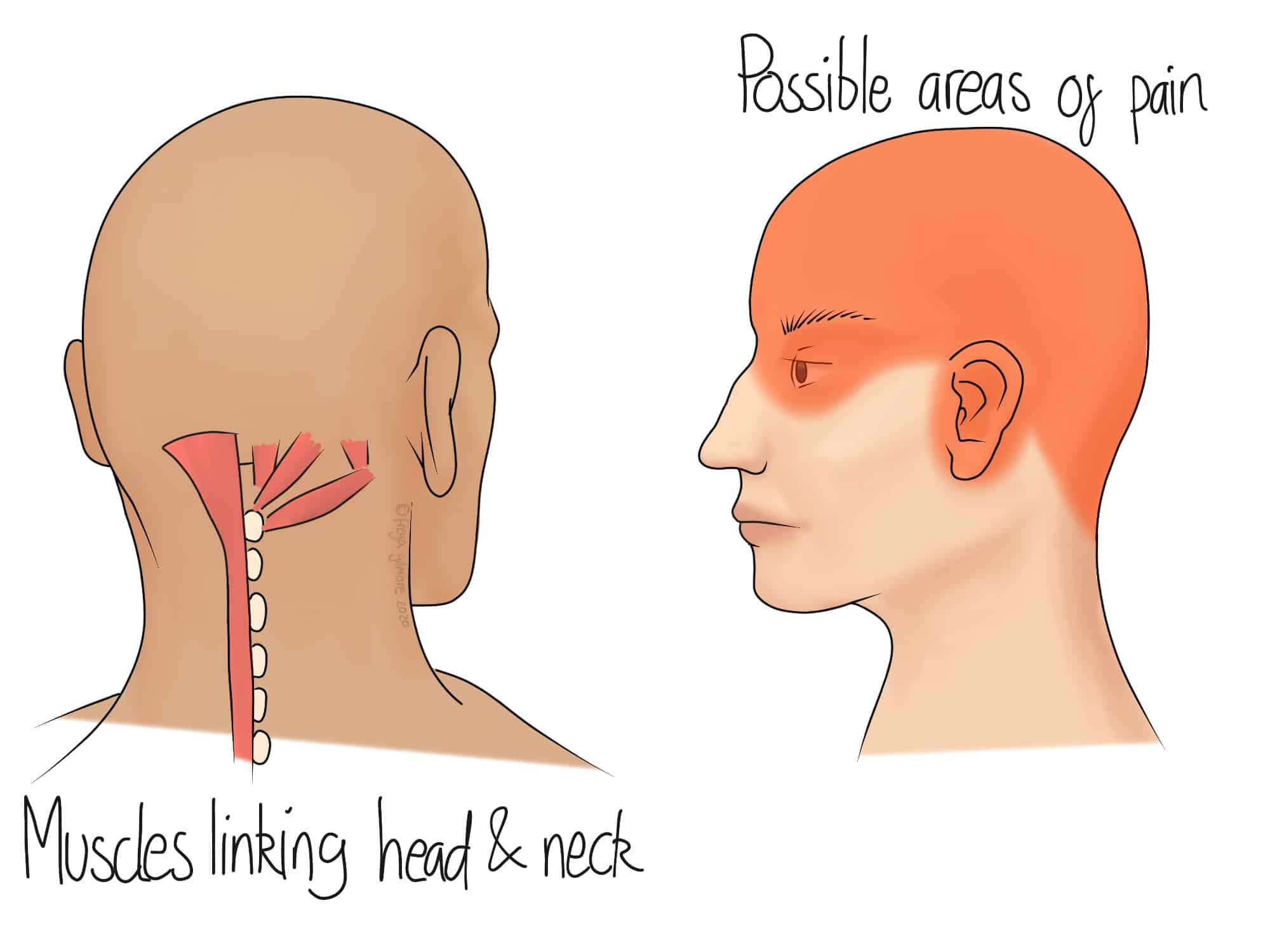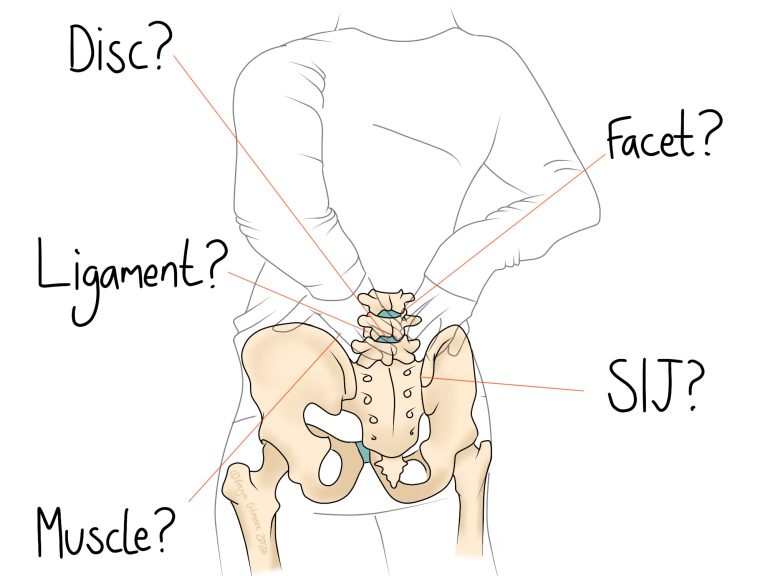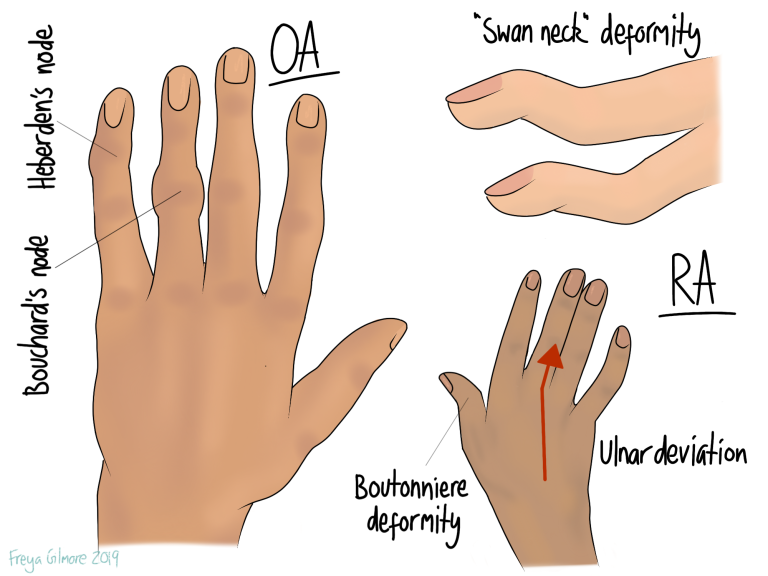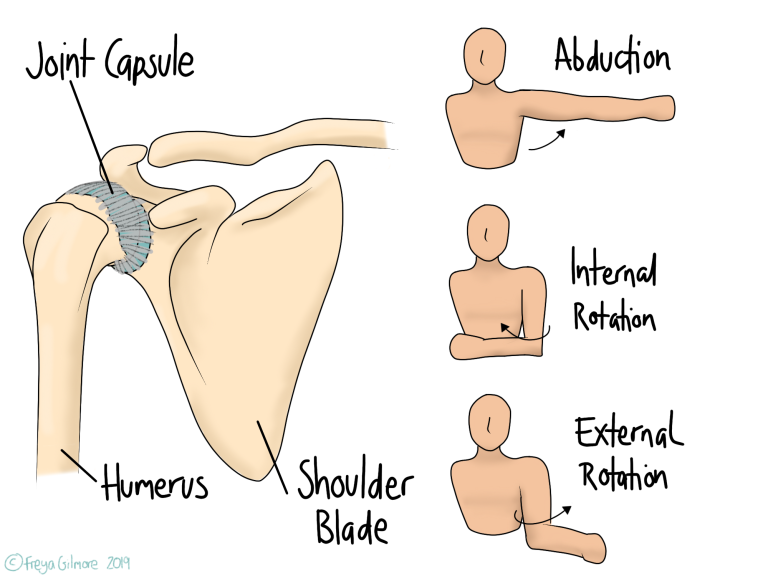Headaches can have a wide range of causes, including dehydration, hormonal changes, and trauma. One cause that osteopaths are qualified to help with is a problem in the neck. Headaches caused by issues with muscles, joints, or nerves in the neck are called cervicogenic headaches.
Signs and Symptoms of Cervicogenic Headaches
The first step in managing these headaches is to be sure of the cause. We expect symptoms to get worse when the neck is more irritated. So you might find that your pain is worse when doing certain neck movements, wearing a bag with a strap that digs into one shoulder, or sneezing.
In terms of location, these headaches tend to start at the very back of the head and move over the top. They might also cause pain over the ear and eye. They may affect one side at a time or sit quite centrally. Patients usually describe them as a dull ache, maybe with a slight throb, rather than an intense or shooting pain. Pain may be stronger or a bit sharper when the neck is under strain, and you may notice a daily pattern to it. All of this information is useful to us when it comes to diagnosing your headache.
These headaches are quite different to migraines, in that there will be no visual disturbance, nausea, or aura. There should also be no sensitivity to light or sound.
Managing Cervicogenic Headaches
The exact treatment plan will depend on the structure in the neck that is causing the pain. Often this is a combination of muscle tension and joint irritation. Where appropriate, your osteopath can gently mobilise those joints, or manipulate (“click”) them if you’re comfortable to do so. Combining this with massage and stretching to the tight muscles can be enough to resolve some headaches immediately, although additional sessions may be needed to address the root cause.
When a nerve in the neck is irritated, it usually causes symptoms in the arm. But a few nerves can cause pain to run back over the head. You might notice areas of numbness, tingling, or pins and needles when a nerve is involved. Your osteopath’s job here is to work out where and how the nerve is irritated, and release the local tissues accordingly. Sometimes it’s as simple as a tight muscle causing pressure, which can be particularly responsive to treatment.
As always, your osteopath will be interested in what’s happening elsewhere in the body. If an area in the neck has been overworked, the deeper question is “what is it compensating for?”
One common culprit is the upper back, especially if your work and lifestyle mean you sit still for long periods of time. Stiffness can develop in the upper back without any symptoms in the back itself, but it increases the demand on joints above and below it. This can potentially lead to neck and lower back aches.
You can therefore expect treatment to be holistic, and to be given exercises to help you progress between appointments.




